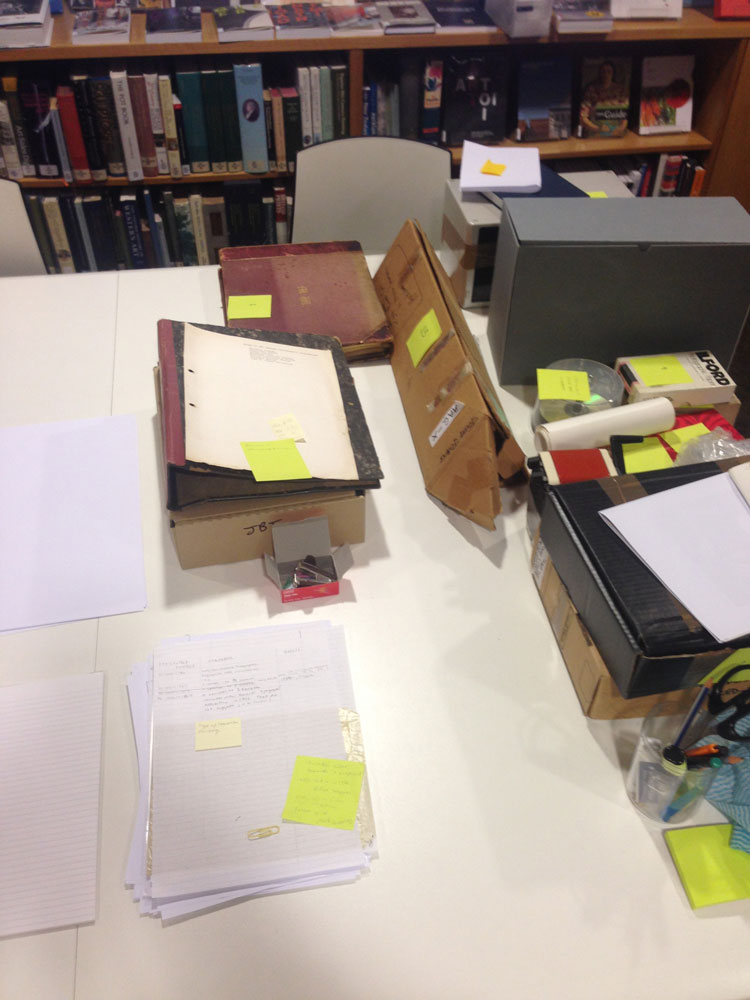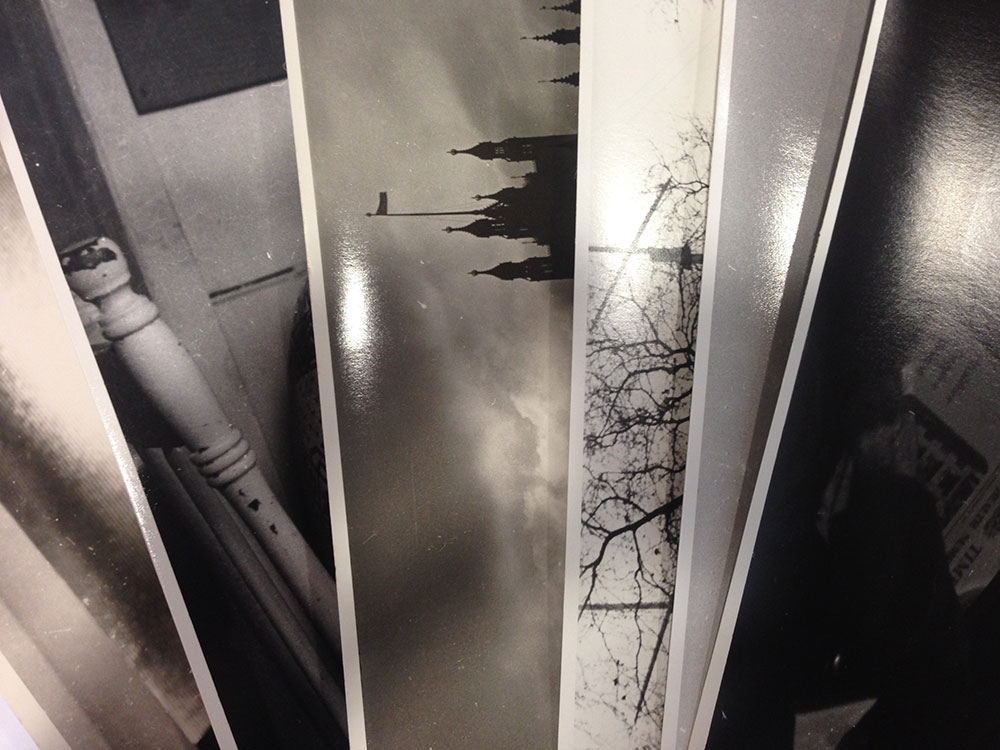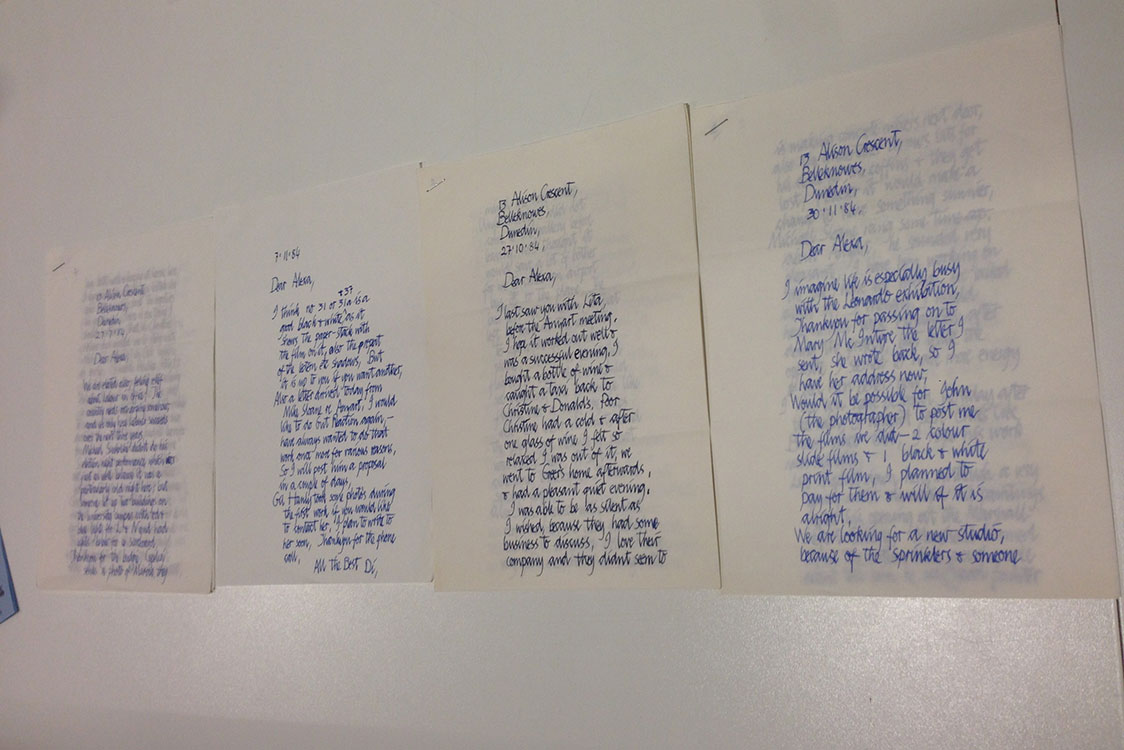This summer I was extremely lucky to be chosen as the E H McCormick Research Library summer Archive intern.
I am currently studying Fine Arts at the University of Auckland. In my work I have been searching for a way to push forward the archive of myself that I am subconsciously creating and question why we feel the need to constantly look back, why we feel the need to create an archive of moments, ideas and images from the past. A lot of my work has been about using the archive once it has already been created. I have really valued the information I have learned during this internship, regarding how to accession, care for and present the original archive, as well as the privacy and ethics surrounding different archives.
Like the previous intern, I continued to work with the large archive the gallery had been gifted in 2016 by the photographer John B. Turner. Turner is a critic, photographer, researcher and collector of New Zealand Photography. In 1971 Turner started lecturing at Elam School of Fine Arts and along with others he launched PhotoForum in 1973.
To begin with, Caroline McBride, Tom Irwin and I went to an offsite storage location to collect boxes of material to work through, 23 in total. Much of Turner’s archive was initially stored in makeshift folders within boxes, including a Cadbury Continental Chocolate Box. These boxes contained both Turner’s personal files, which includes a large range of material, everything from photographic slides, transparencies, photographic posters and prints, newspaper clippings, photostats and personal correspondence.


